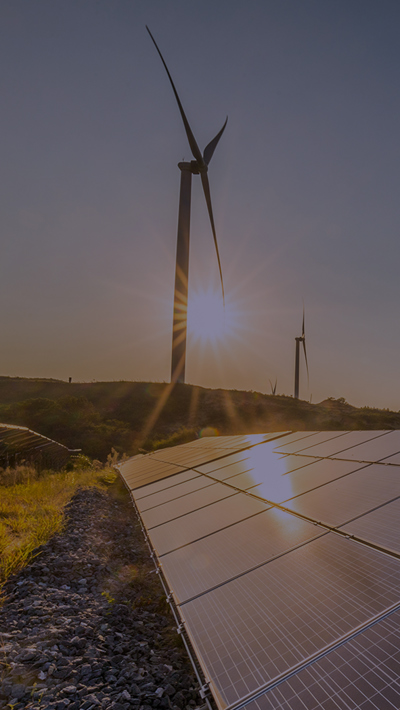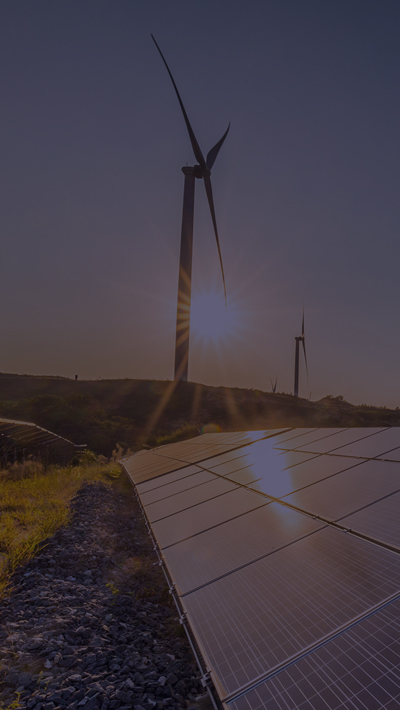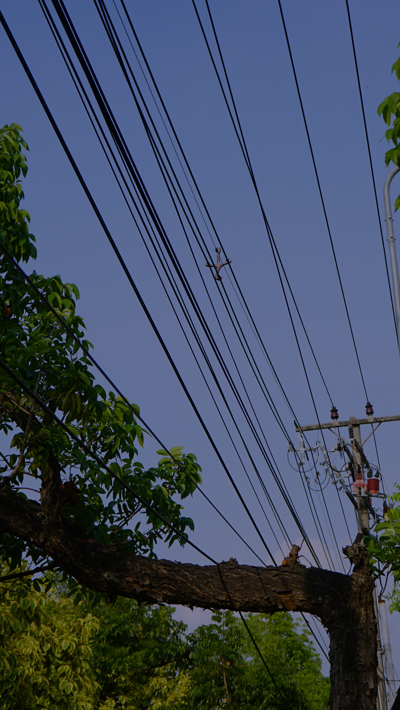The Ministry of Business, Innovation and Employment (MBIE) is seeking to define energy hardship as a first step toward measuring it and developing policies to reduce it.
Submissions on the consultation document close on 16 December 2021.
Proposed approach
MBIE’s proposed approach is to define “energy hardship” as a lack of “energy wellbeing” and to define energy wellbeing as “when individuals, households and whānau are able to obtain adequate energy services to support their wellbeing in their home or kāinga”.
This definition would drive policy development and be the benchmark against which energy hardship is measured. Energy costs identified with transport are not included.
Key measures of energy hardship identified by MBIE are:
- whether the household is able to pay its energy bills without borrowing or economising on other necessities (defined in the negative as whether the proportion of household income, after housing costs, spent on energy is twice the median or more)
- whether the household is able to wash, clean, cook and heat or cool as required to stay comfortable, and
- whether the home is dry and well-ventilated.
Some of the secondary measures proposed include if a consumer:
- has no internet access
- lacks one or more basic amenity
- has a damp and mouldy home, and/or
- cannot pay bills on time (e.g. energy, water or rates).
Next steps
MBIE aims to begin measuring and monitoring energy hardship as soon as possible, rather than waiting to perfect the data and measurements.
While we anticipate energy retailers will be generally supportive of establishing an energy hardship measurement framework, it will be important to ensure that it is scoped appropriately as this will be important to ensuring that any obligations created by subsequent policy interventions will be correctly targeted.
























